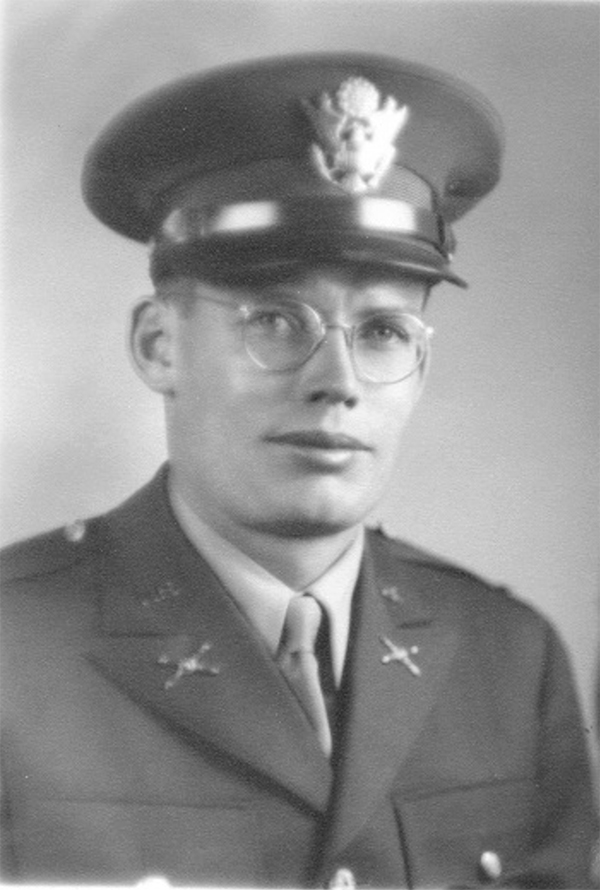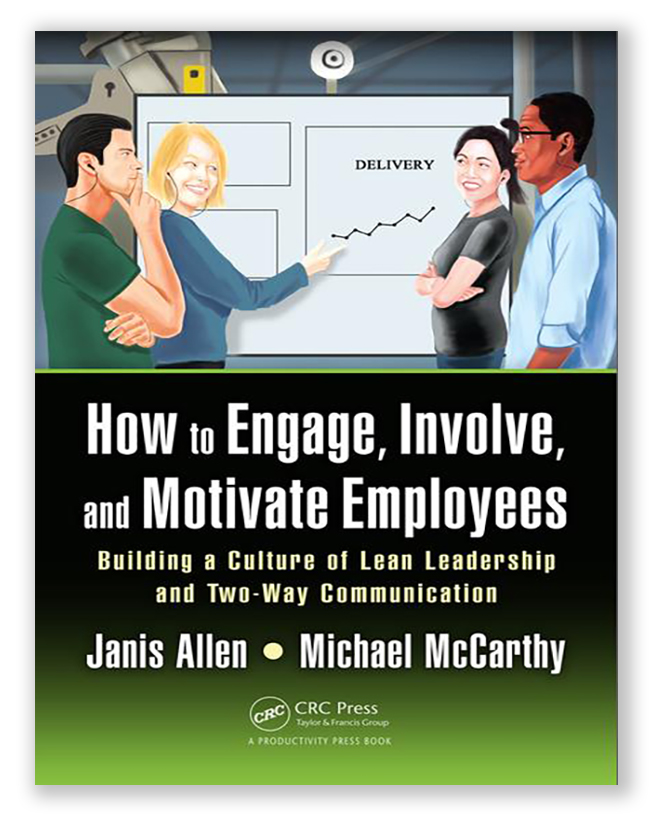
Engaging in a Time of Non-Engagement
A few days into the “home-isolation” policy during the Coronavirus outbreak of 2020, David, one of my colleagues at the Veterans History Museum of the Carolinas made a smart suggestion:
“While the museum is closed and we have no events to promote or report about, why don’t we collect stories from veterans by email, and publish them in our e-newsletter?”
What a wonderful idea! Why didn’t I think of that? David asked for my thoughts on his idea, and my help to make it happen.
 Exploring it further, we thought we could invite our 774 e-newsletter subscribers to send a short story (serious or light-hearted) about his or her own military service, or a story about a family member.
Exploring it further, we thought we could invite our 774 e-newsletter subscribers to send a short story (serious or light-hearted) about his or her own military service, or a story about a family member.
David led the charge by writing a story about his own dad, a WWII veteran. (That’s him in the photo.)
After that story hit our subscribers’ inboxes, eight more stories, and one video poured in within three days! People who read the initial story were touched and eager to share the stories of their own parents or themselves. Pictures came sailing through the ethers, and some irreplaceable photos from 1943 were hand-delivered.
I was accumulating a backlog of submissions, so another colleague volunteered to help edit and format the stories and photos for publication.
Newsletter readers replied with warm and appreciative comments about the people in the stories. (When readers hit “reply,” their comments came to me, the newsletter sender, so I had the pleasure of reading them as well as forwarding them to the stories’ authors.)
Some of their comments were, “Gripping story,” “Your dad was really brave,” “Thank you for your service,” and “I was there, too.” One Vietnam veteran asked me for the phone number of a story’s author. He wanted to call and talk about some of the places and events they had in common and ask if the author knew some of the same soldiers he knew.
I was lucky to get to see this touching cross-current of communication from reader to author and see the increasing behaviors of engagement as the week progressed. I became more engaged myself:
- In phone conversations with people I’d never met
- Exchanging drafts of their stories to make sure I was presenting them correctly
- Calling my museum colleagues to suggest ways to display these stories on the museum website
- Going to people’s homes to take photos of their photos (They put them on tables on their front porches at an appointed time so we could practice social distancing.)
My isolation was transformed into engagement and motivation, as I received positive reinforcement from people who liked and appreciated the new use for the newsletter and expressing approval for how quickly their stories were being published. The more comments I received, the more hours I worked to get veterans’ stories out quickly.
You will find the phrase “Projects PULL People” in my video class “5 Steps to Engage and Motivate Employees.” I find myself on the happy end of this PULL with the behaviors described above. My behaviors, veterans’ behaviors, family members’ behaviors, newsletter readers’ behaviors—all were PULLED by a specific request.
I’ve never met most of the people involved. Most of them were wisely practicing self-isolation, some perhaps feeling lonely, perhaps fearful, and not engaged. Now we’re engaged and focused on a positive team project. If we get enough stories, we may publish them in a book to raise money for the museum!
When David, my colleague, asked my thoughts about publishing these stories, he was practicing one of the “5 Steps to Engage and Motivate Employees,” which is Step 2: Ask for ideas for a SPECIFIC need.
When you take my video course that explains all 5 steps, you’ll learn that this all-caps word SPECIFIC is key in engaging people. It produces many more acts of productive behavior than if someone had just said, “Let me know if you ever have suggestions. My door is always open.”
Blah. That’s pretty much like saying “Come over for supper sometime,” rather than “Can you come for supper tomorrow night at 6:30?” The latter gets a response (yes or no). The former sounds kind of like part of the wallpaper.
For engagement, whether it’s with employees, volunteers, or family members,
SPECIFICITY RULES!

Well, I gotta go now. I have stories waiting. But join me for the video class “5 Steps to Engage and Motivate Employees” for more fun examples you can put into practice the same day . . . and to learn the other 4 steps! Janis Allen

Here’s the museum in pre-social-distancing times:



